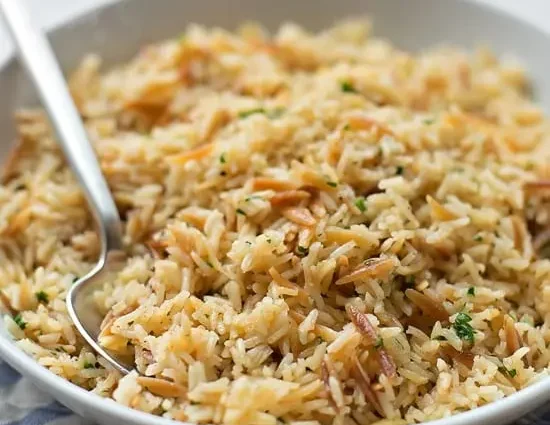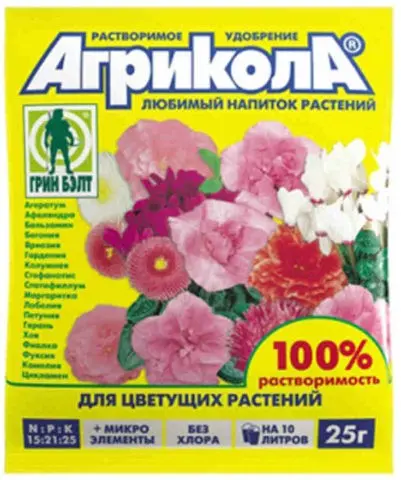Contents
Chrysanthemum Magnum is a Dutch variety created specifically for cutting. Widely known to florists who use culture to create bouquet arrangements. The plant is grown in open ground, it is suitable for forcing in greenhouse conditions, where it can bloom all year round. The name of the variety comes from the Latin magnus – big, great. Breeders tried to create a culture that competes with roses, and they succeeded. Chrysanthemum is not only beautiful, it is able to endure long-term transportation, and also please the eye for more than a month while in a vase.
Description of single-headed chrysanthemums Magnum
Magnum is a new variety of culture that has appeared relatively recently. The chrysanthemum got its varietal name because of the very large flowers.
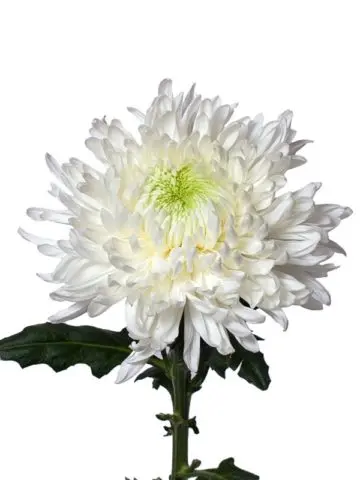
The plant is used in ornamental gardening, included in mixborders or used as a tapeworm.
White Chrysanthemum Magnum is in perfect harmony with crimson roses and evergreen conifers. But the main purpose of the variety is commercial, so it is massively grown for cutting.
External characteristics of chrysanthemum:
- shrub dense, compact, with erect stems that end in single flowers;
- side shoots are not formed, the structure of the vine is rigid, the surface is smooth, ribbed, light greenish;
- plant height does not exceed 1 m;
- the leaves are often arranged, alternately, the plate grows up to 8 cm wide, up to 15 cm long;
- the surface is smooth with pronounced veins, the edges are coarsely dissected, the color is dark green on top, silvery on the underside;
- the root system is superficial.
The variety is perennial. In an unprotected area, it blooms from late September until the onset of the first frost. It is grown in greenhouses as an annual plant.
A single-headed variety of culture is represented by two colors. Chrysanthemum Magnum New blooms with white inflorescences. Variety characteristic:
- flowers are large, grow up to 25 cm in diameter;
- dense, densely double, consist only of reed petals with concave edges;
- the shape is hemispherical, the structure is hard to the touch;
- the outer petals are white, closer to the middle – cream, the central part with a green tint.

The core is formed by reed petals that do not fully open
Chrysanthemum Magnum Yellow has been in cultivation since 2018, the new variety is distinguished by yellow flowers. Magnum Yellow is distinguished by a shorter stem, not exceeding 80 cm. The petals are glossy, painted evenly in bright yellow. The shape of the inflorescence is dense in the form of a sphere, the core is closed.

The variety does not stop growing even after cutting
Planting and caring for Magnum chrysanthemums
The conditions and methods of planting for Chrysanthemum Magnum yellow and white are the same. The plant is grown as an annual. The variety is not suitable as an ampelous species. It has a branched root system and in containers the flowers are smaller and not as dense as in the garden or flower bed.
The culture is adapted to temperate climate conditions, but early frosts of the Central Strip often damage the flowers, so it is better to grow the Magnum variety in greenhouse structures. Any method of cultivation is suitable for the South.
Selection and preparation of the landing site
Chrysanthemum Magnum is a photophilous plant. In greenhouse conditions, lamps are installed for additional lighting. Daylight hours should be at least 12 hours. The culture does not tolerate sudden temperature changes, therefore they support the mode 22-25 0C. In an open area, a sunny place is allocated for the plant. Seedlings do not respond well to the north wind, so this factor must be taken into account when planting.
Chrysanthemums are not planted in poor, heavy soils; preference is given to loamy, organic-rich soil with a neutral reaction. In the spring, the flower bed is dug up to a depth of 20 cm, compost, ash, and nitrophoska are scattered on the surface. Before planting, the nutrient mixture is buried to a depth of 15 cm, the soil is abundantly moistened.
Rules of landing
The timing of planting chrysanthemums depends on the method of cultivation. A crop can be planted in a greenhouse at any time.
The Magnum variety was created specifically for forcing; planting and cutting in industrial greenhouse structures takes place throughout the year. With the open method, they are guided by the peculiarities of the climate, most often flowers are planted at the end of May.
The root system of the chrysanthemum develops parallel to the soil surface, it deepens by no more than 25 cm. This indicator is taken into account when planting.
Sequence of work:
- The soil is watered with hot water with the addition of manganese.
- In greenhouses, furrows are made 25 cm deep. Holes are dug in open ground, gravel is poured onto the bottom. In closed structures, drainage is not used.
- The seedling is placed vertically and covered with soil, compacted.
- Chrysanthemum is watered, mulched with peat.
The shape of the Magnum variety is bushy, so 40 cm is left between the cuttings.
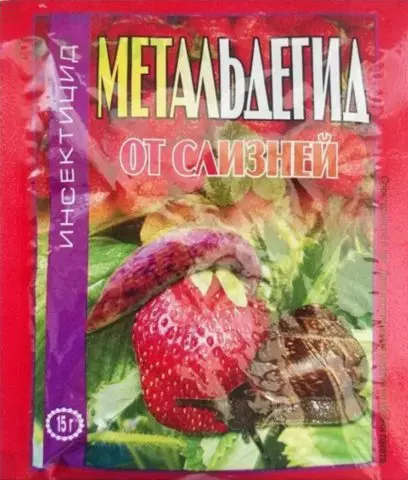
In order for the chrysanthemum to take root better, all leaves and shoots are cut from the planting material.
Watering and top dressing
Chrysanthemum Magnum is a moisture-loving culture, but at the same time it reacts poorly to high humidity, so the greenhouse is periodically ventilated. So that the soil is not dry and waterlogged, watering is regulated. The procedure is carried out only under the root, preventing moisture from entering the plants.
Large-flowered terry crops require mandatory feeding throughout the entire growing season:
- When the first shoots appear, nitrogen-containing agents, urea or nitrophoska are added.

The granules are scattered near the plant and surface loosening is carried out.
- In mid-August (at the time of bud formation), superphosphate and Agricola are added.

The solution is poured under the root, preventing the product from getting on the aerial part.
- At the time of the main flowering, chrysanthemum is fed with potassium sulfate.
The frequency of the procedure is 1 time in 3 weeks. During irrigation, fertilize with liquid organic matter.
Reproduction
Variety Magnum does not produce seeds for generative propagation. In greenhouse structures, the plant is cultivated as an annual. In an open area in a warm climate, Chrysanthemum Magnum can be grown as a perennial crop.
The frost resistance of the variety allows wintering at a temperature of -180C. To protect from the cold, the plant is covered with straw. Propagated by dividing the mother bush. The procedure can be carried out at any time, but it is better to do it in the fall, after flowering.
Most often, cuttings are used for breeding. The survival rate of the variety is high, so there are no problems with reproduction. For open ground, the material is harvested in the fall, the cuttings are placed in a fertile substrate and left at a temperature of +14 0C, in the spring they take it out to the site.
In the greenhouse, chrysanthemum is propagated at any time of the year, the timing does not play a role.
Diseases and pests
Chrysanthemum Magnum is a hybrid variety of culture with high resistance to infections. Cultivation in a closed way takes place without problems, the plant in greenhouses does not get sick. In an open area, damage by gray mold, downy mildew is possible. In the fight against fungal diseases, the drug “Topaz” is used.
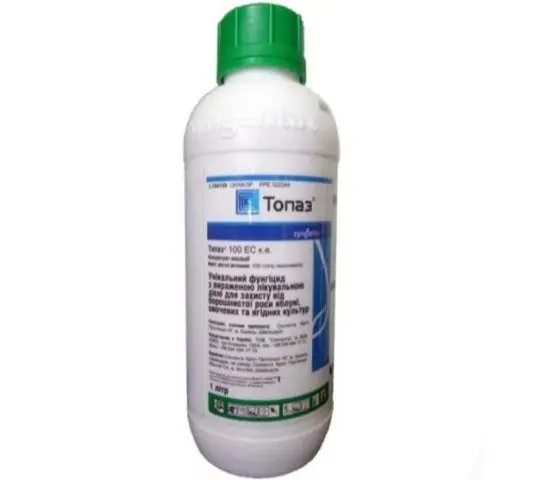
For 5 liters of water you need 20 ml of the product
The main threat to the Magnum chrysanthemum in open areas is slugs, they get rid of Metaldehyde.
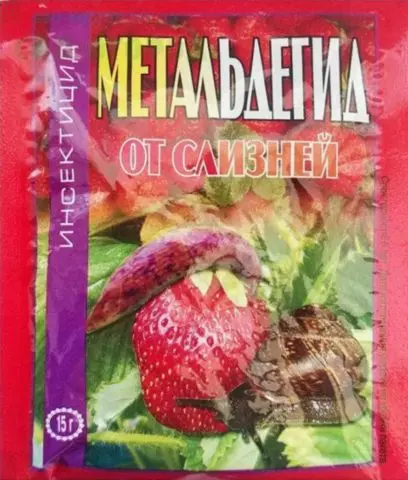
The granules are laid out around the affected and nearby chrysanthemums of any variety.
In greenhouses, the plant is parasitized by aphids, the universal remedy “Spark” is effective against it, which also eliminates the caterpillars of the mining moth and earwig.

“Iskra” treat the plant and the soil near it, and also use it in the spring for prevention
Conclusion
Chrysanthemum Magnum is a tall shrub with single flowers on the tops of the stems. The Dutch variety is cultivated for cutting, less often used as an ornamental plant in the landscape. Chrysanthemum Magnum is presented in two colors – white and yellow. The culture is suitable for growing in an open way in a warm climate and indoors in a temperate one.










